Turn Your Backyard Into a Wildlife Habitat
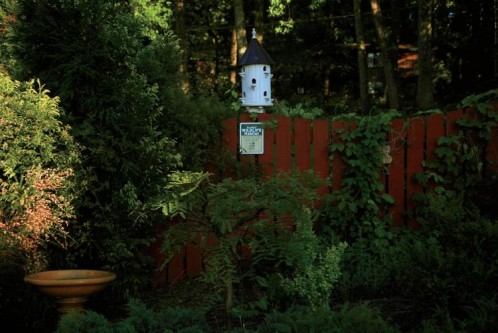
Gardening for wildlife is a great way to enhance your landscape, create a fun project for you and your family, and contribute to local conservation efforts.
Any age can enjoy the benefits of attracting wildlife to your garden, but for my young children, our backyard wildlife habitat has been a wonderful window into the natural world. I know it has boosted their understanding and appreciation of nature.
To get started on making your yard a haven for wildlife, you need to know the basic wildlife habitat necessities.
Cover
Plants provide wildlife with protection from weather and predators, as well as a place to rest and eat. Your landscape should contain an assortment of plants to include trees, shrubs, perennials and grasses. Include some evergreen trees and shrubs to provide year-round refuge.
Food
All wildlife feed on plants or other animals. By purposely planting a variety of plants that have varying times of flower, fruit and seed, your yard can be a year-round food source for a range of wildlife. Purposely placing different types of feeders throughout your landscape will help support wildlife as well.
Water
Fresh drinking water is essential for wildlife. Some animals need bodies of water for bathing, egg laying and early development, and some live partially or entirely in water. A lake, river, stream or spring would be ideal for supporting wildlife, but most folks don’t have these elements in their backyard. Ponds and water gardens are popular and a good way to support wildlife, but simply placing a birdbath or a large saucer filled with fresh water can supply the needs of a variety of wildlife. If you particularly desire butterflies, consider creating a butterfly puddling area. Rain gardens, which help capture, hold and filter rainwater, can be really beautiful and also support the habitat of various wildlife. The leaves of some plants will collect rainwater for drinking, too.
Nesting
Creating a wildlife habitat is about creating a place for the entire life cycle of a species to occur, from tadpole to frog, from caterpillar to butterfly. Many of the plants that can provide cover for wildlife can double as locations where they can raise their young. Butterflies and moths love a sunny flower area where they can lay their eggs. Constructed birdhouses, bat houses and owl boxes will attract each to raise their young in your landscape. A pond or water feature in your garden will support the life cycle of amphibians and fish.
One way to start your own backyard wildlife habitat is to determine which bird, butterfly, amphibian, reptile and mammal species live in your area and which you would like to attract to your garden. Learn more about them and their habitat needs so you can increase the likelihood they will visit your yard. Keep in mind that a diversity of habitats in your garden often means diversity of animal visitors. Plan a variety of features if possible, such as a pond area, a grassy area, a wooded area and a flower area to support a diversity of wildlife. A great resource I used in developing my own wildlife garden was the University of Tennessee Extension publication called Improving Your Backyard Wildlife Habitat [PDF].
You can have your efforts rewarded by the National Wildlife Federation. I speak from experience. Just two years ago my family decided that we wanted to make our own backyard attractive to more wildlife. We turned to the National Wildlife Federation and UT Extension for information and guidance on just how to do this. As a result of our efforts, I’m proud to say that my home landscape has officially earned the distinction as a National Wildlife Federation’s Certified Wildlife Habitat™. I have the sign to prove it!




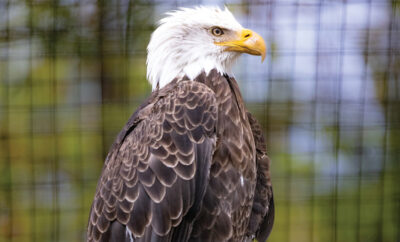
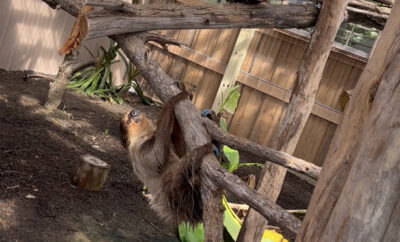
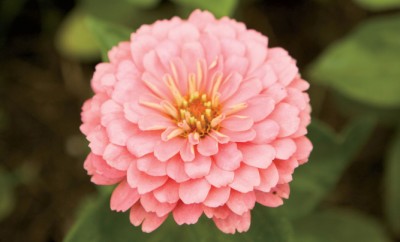







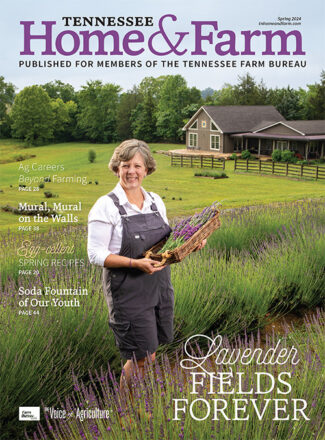

How do I greate a home for masion bees ?